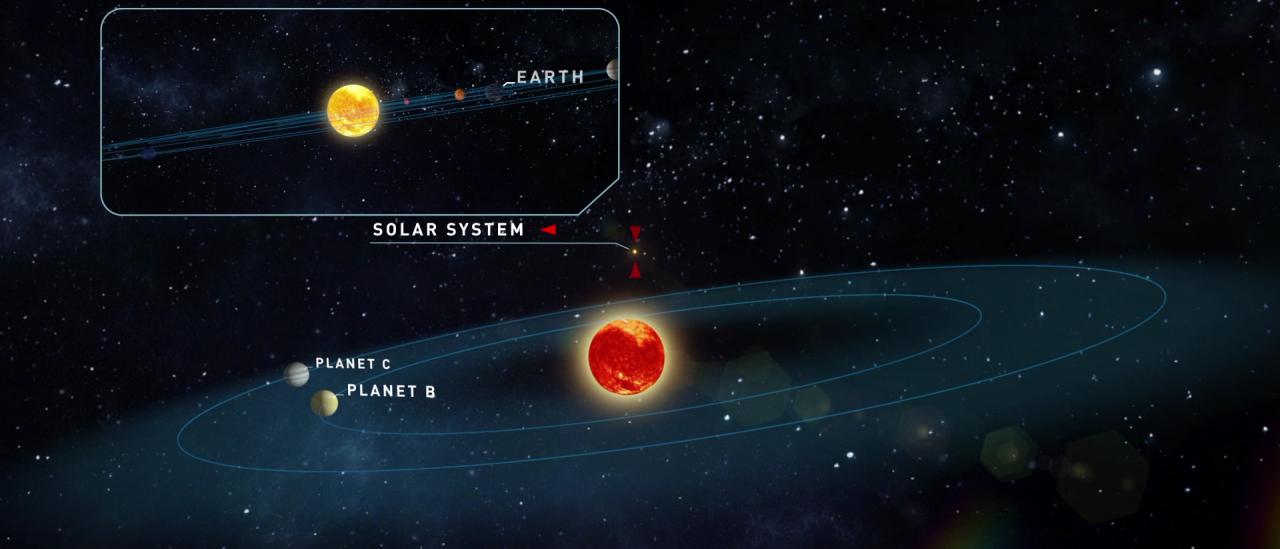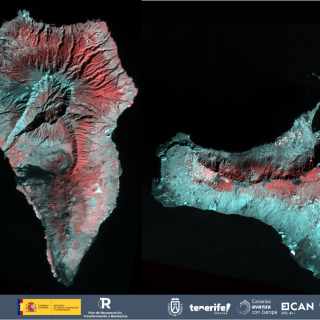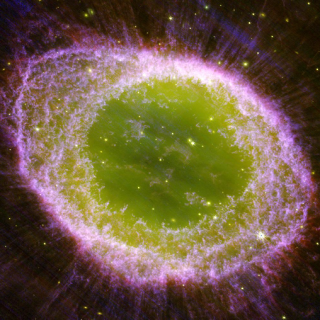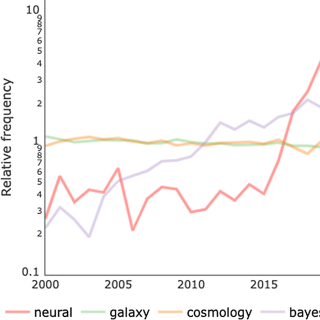The “Teegarden” star is only 12.5 light years away from us. This is one of the smallest stars, a red dwarf, in the direction of the constellation of Aries. Its surface temperature is 2,700O C and its mass is only one tenth that of the Sun. Even though it is so near, its faintness impeded its discovery until 2003.
“We have been observing this star for three years to look for periodic variations in its velocity, explains Mathias Zechmeister, a researcher at the University of Göttingen, the first author of the paper. The observations showed that there are two planets orbiting it, both of them similar to the planets in the inner part of the Solar System. They are just a little bigger than the Earth, and are situation in the “inhabitable zone” where water can exist as a liquid. “It is possible that the two planets are part of a larger system” says Stefan Dreizler, another University of Göttingen researcher and a co-author of the paper.
The IAC has participated very actively in photometric campaigns on this star. These have been carried out with instruments such as Muscat2 on the Carlos Sánchez Telescope at the Teide Observatory (Tenerife), and with the network of telescopes of the Las Cumbres Observatory, among others. These studies have allowed us to show that the signals of the two planets cannot be due to the activity of the star, even though we could not detect the transits of the two new planets” comments Victor Sánchez Béjar, an IAC researcher and another author of the article which is being published in the journal Astronomy and Astrophysics.
In order to use the transit method the planets must pass across the face of the stellar disc and block some of the light from the star during a short time, which means that it must lie on a line joining the sun an ourselves, the observers. This lucky alignment occurs for only a small fraction of planetary systems.
Curiously the system of the Teegarden star is situated in a special direction on the sky, from this star it will be possible to see the planets of our Solar System pass directly in front of the sun and for a few years the Earth will be observable as a transiting planet for anyone on one of the Teegarden planets who cares to observe.
Planet hunters
The type of stars to which the Teegarden star belongs are the smallest for which we can measure the masses of their planets with current technology. “This discovery is a great success for the CARMENES project which was designed to look for planets around low mass stars” says Ignasi Ribas, a researcher at the Institut d’Estudis Espacials (IEEC) of Catalonia and a co-author of the article.
Since 2016 German and Spanish scientists have been searching for planets around nearby stars using CARMENES, which i son the 3.5m telescope of the Calar Alto observatory (Almería) These new planets are the tenth and eleventh discovered by the project.
The IAC is one of the eleven institutions of the CARMENES consortium, amont them are Max-Planck-Institut für Astronomie, Heidelberg (Germany), the Instituto de Astrofísica de Andalucía, Granada (Spain), the Landessternwarte Königstuhl, Zentrum für Astronomie der Universität Heidelberg (Germany), l’Institut de Ciències de l'Espai, Barcelona (Spain), the Insitut für Astrophysik, Georg-August-Universität Göttingen (Germany), the Universidad Complutense de Madrid, Departamento de Astrofísica (Spain), the Thüringer Landessternwarte Tautenburg (Germany) the Hamburger Sternwarte, Universität Hamburg (Germany), el Centro de Astrobiología, Madrid (Spain) and the Centro Astronómico Hispano-Alemán, Calar Alto (Germany and Spain).
Scientific article: M. Zechmeister et al. The CARMENES search for exoplanets around M dwarfs. Two temperate Earth-mass planet candidates around Teegarden’s Star. Astronomy & Astrophysics. June 2019. https://www.aanda.org/10.1051/0004-6361/201935460
University of Göttingen: The CARMENES search for exoplanets around M dwarfs. Two temperate Earth-mass planet candidates around Teegarden’s Star
Nota de prensa del IEEC: CARMENES finds two temperate Earth-mass planets around a nearby small star
CARMENES finds two temperate planetw of masses similar to the Earth, around a small nearby star
University of Gottingen press release: International research team discovers two new Earth-like planets near Teegarden's star
Co-authors in the IAC: Víctor Sánchez Béjar, Lucía González-Cuesta, Rafael Luque, Enric Pallé, Carlos Cardona Guillén, Núria Casasayas Barris, Jonay González Hernández, Nicolas Lodieu, Pilar Montañés Rodríguez, Lisa Nortmann, Grzegorz Nowak, Hannu Parviainen, Rafael Rebolo y Pablo Redondo.




